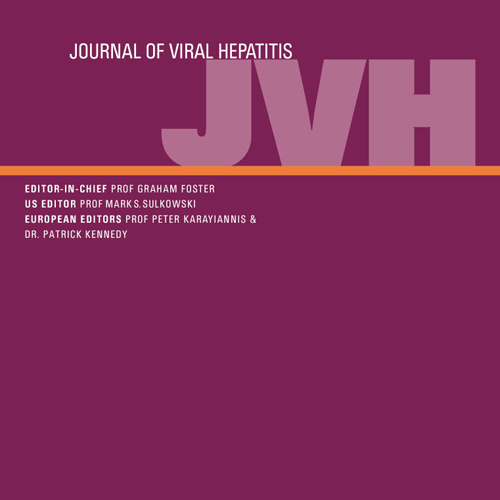
The cost-effectiveness of hepatitis C virus elimination in low- and middle-income countries
Summary No abstract available. Countries/Territories: Low-income countries, Middle-income countries

Summary No abstract available. Countries/Territories: Low-income countries, Middle-income countries
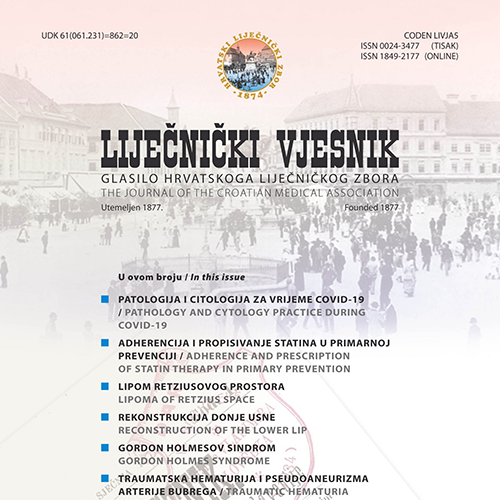
Summary Background Since a 2016 analysis on the epidemiology and disease burden of HCV in Croatia, the HCV treatment paradigm has shifted substantially. Fibrosis restrictions were removed, and the number of patients treated tripled. With these encouraging changes to policy and practice, an updated analysis was completed to guide resource allocation and a national strategic […]

Summary The 69th World Health Assembly endorsed the Global Health Sector Strategy for Viral Hepatitis, embracing a goal to eliminate hepatitis infection as a public health threat by 2030. This was followed by the World Health Organization’s (WHO) global targets for the care and management of hepatitis B virus (HBV) and hepatitis C virus (HCV) […]
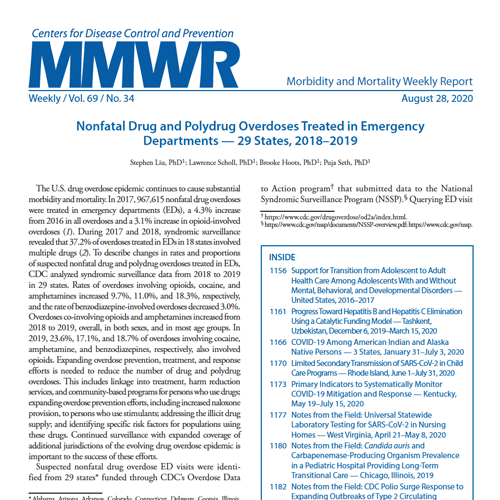
Summary In 2016, the World Health Organization (WHO) set hepatitis elimination targets of 90% reduction in incidence and 65% reduction in mortality worldwide by 2030 (1). Hepatitis B virus (HBV) and hepatitis C virus (HCV) infection prevalences are high in Uzbekistan, which lacks funding for meeting WHO’s targets. In the absence of large financial donor […]
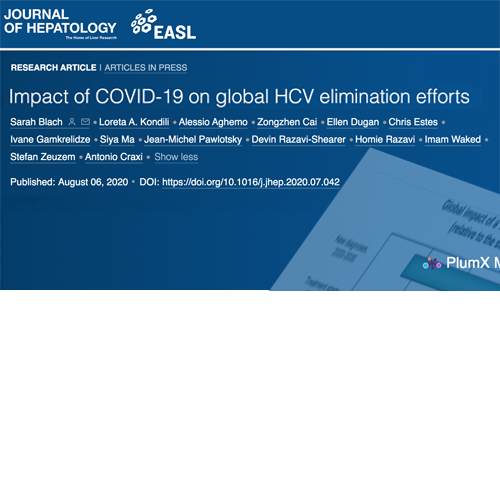
Summary Background & Aims Coronavirus disease 2019 (COVID-19) has placed a significant strain on national healthcare systems at a critical moment in the context of hepatitis elimination. Mathematical models can be used to evaluate the possible impact of programmatic delays on hepatitis disease burden. The objective of this analysis was to evaluate the incremental change […]

Summary Background New hepatitis C virus (HCV) treatments spurred the World Health Organization (WHO) in 2016 to adopt a strategy to eliminate HCV as a public health threat by 2030. To achieve this, key policies must be implemented. In the absence of monitoring mechanisms, this study aims to assess the extent of policy implementation from […]
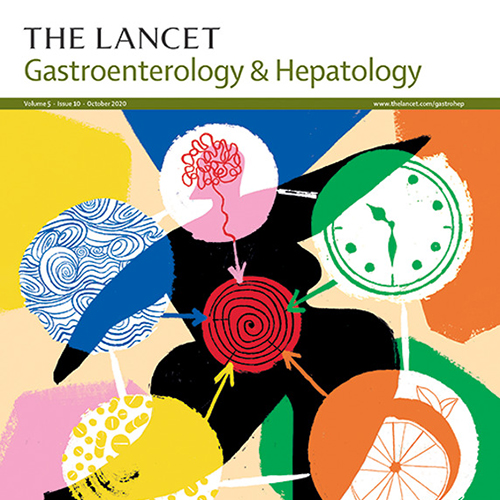
Summary Do the most heavily burdened countries have the right policies to eliminate viral hepatitis B and C? In 2019, a Lancet Gastroenterology & Hepatology Commission on accelerating the elimination of viral hepatitis reported on the status of 11 viral hepatitis policy indicators in 66 countries and territories with the heaviest burden by global region. […]

Summary Background and aims Hepatitis C virus (HCV) elimination for Italy is an ambitious, but achievable goal. In Italy, there is political will, which aims to achieve the World Health Organization (WHO) elimination goals recognizing the need to identify undiagnosed individuals in key high-risk groups and in the general population, however there is concern regarding […]
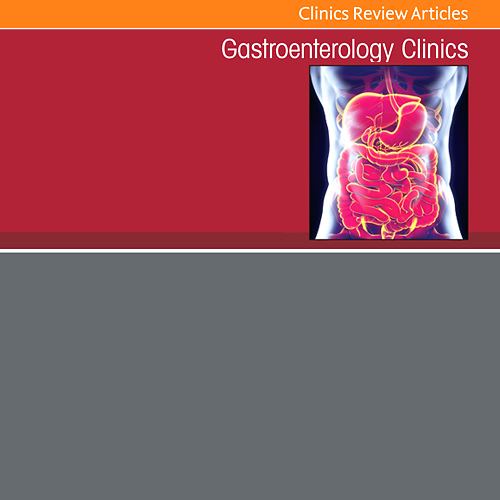
Summary Viral hepatitis (hepatitis A, B, C, D, and E) is the leading cause of inflammation of liver tissue (hepatitis). The disease burden associated with hepatitis A and E occurs shortly after infection, and it is more severe among adults. With hepatitis A and E, the number of incident cases (new acute infections) is important […]
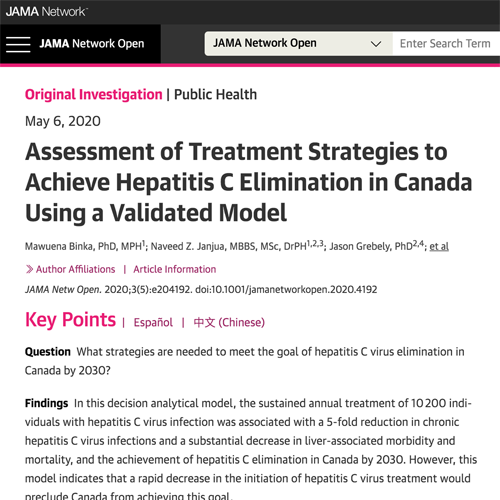
Summary Importance Achievement of the World Health Organization (WHO) target of eliminating hepatitis C virus (HCV) by 2030 will require an increase in key services, including harm reduction, HCV screening, and HCV treatment initiatives in member countries. These data are not available for Canada but are important for informing a national HCV elimination strategy. Objective […]